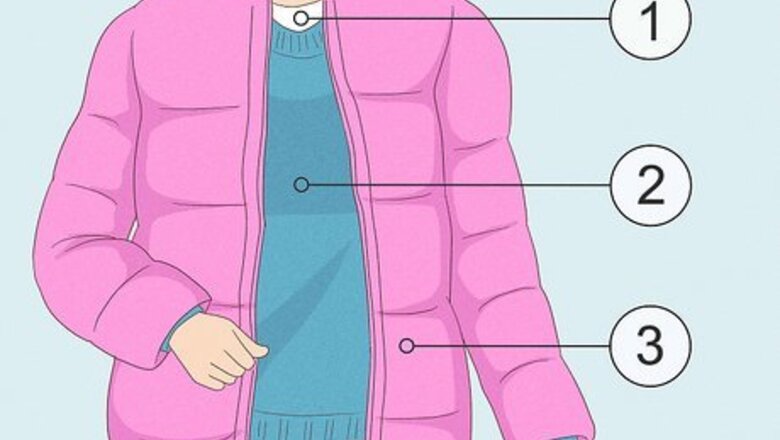
views
Wear plenty of layers.
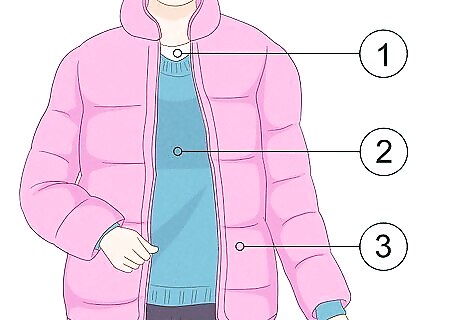
Loose layers help you stay snug and warm. Slip on a loose, moisture-wicking top to serve as your base layer. Then, layer a cozy sweater or fleece garment over top–this will help lock in the heat. If you plan on heading outside, slip on a winter coat or rain jacket, depending on what the weather looks like. Keep your legs nice and warm with a pair of long johns or long underwear layered beneath a set of long pants, and keep your feet comfortable with a thick pair of socks. Silk and polyester are good fabric options for your base layers, while cotton isn’t as ideal. Unlike polyester and silk, cotton soaks up your sweat and feels cool against your bare skin. Wool sweaters and jackets are an excellent second layer. Wool always stays toasty, even if soaks up some of your sweat. Do not put on a heavy piece of clothing on another heavy clothing. Use lightweight items for layering. For example, you can use a lightweight cashmere sweater, wrap, or poncho.
Cozy up under some blankets.
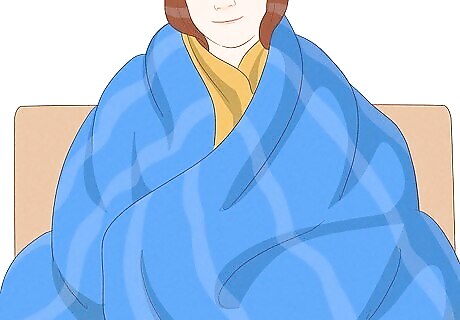
The more blankets you have, the warmer you’ll be. Before you turn up the thermostat, bundle yourself up in a cocoon of any blankets, quilts, and throws you have laying around your home. Blankets are a warm, cozy way to trap in body heat without jacking up your energy bill for the month. Keep stacks of blankets in the living spaces you use the most, like a bedroom or family room. Electric blankets are an especially great way to stay warm and cozy. Just make sure to follow the safety instructions that come with your blanket!
Snuggle with someone.
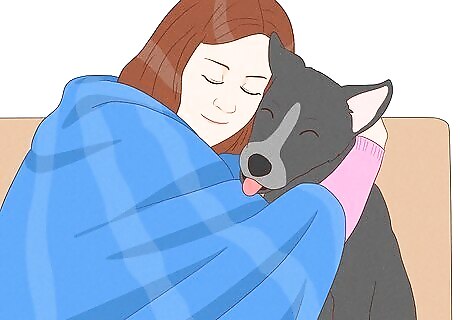
A loved one, roommate, or pet can provide some valuable body heat. Hop on the couch or jump in bed and invite a human or furry friend to join you. Body heat is just as good as any blanket–plus, you can double the warmth by huddling together under a mound of blankets and quilts.
Enjoy a warm meal or beverage.

Soup, tea, and any kind of hot food are all excellent options. Hot food and beverages warm you up from the inside out on an especially cold day. Plus, they’re super easy to make–plenty of soups and other hot meals can be prepared directly in the microwave or on the stovetop. If you aren’t a big tea person, sip on some coffee or hot cocoa instead.
Bake something in the oven.
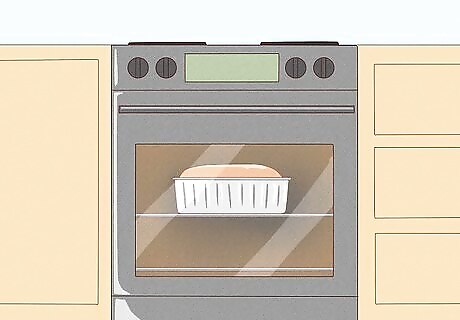
Your oven can help warm up your kitchen. While your food bakes, stick around the kitchen to soak up all that toasty warmth. After turning off your oven, leave the door open slightly so the leftover heat continues to warm up the room. Some people suggest keeping your oven turned on and using it as a heater, but this isn’t a good idea. An open, turned-on oven can introduce carbon monoxide into the air, which is extremely dangerous.
Get some indoor exercise.
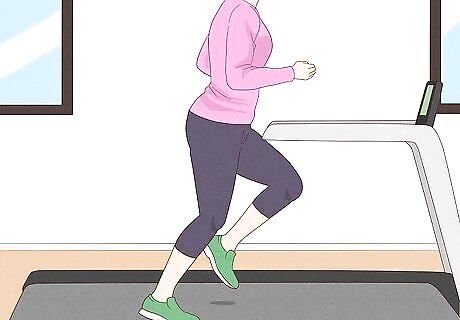
A good workout boosts your overall body temperature. Play an exercise video, head to the gym, or hold an impromptu dance party in your living room–anything that gets your blood pumping will do the trick! Exercise raises your body temperature slightly, which can provide a helpful burst of warmth during the cold weather. Keep in mind that exercise only provides temporary warmth. Your body temperature drops back to its usual levels about 30 to 90 minutes after your workout.
Head upstairs.
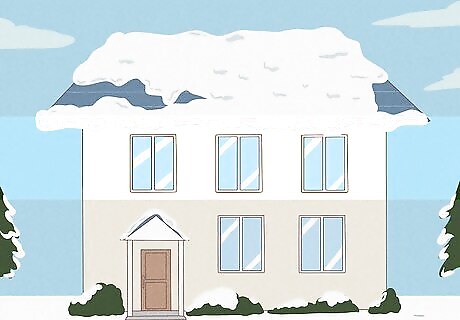
Hot air rises, so upstairs might be warmer than the lower levels of your home. Technically speaking, warm air isn’t as dense as cold air. So, warm air will float up and fill the topmost level of your home. Before adjusting your thermostat, head upstairs and see if the temperature is any cozier up there.
Open your curtains and blinds during the day.
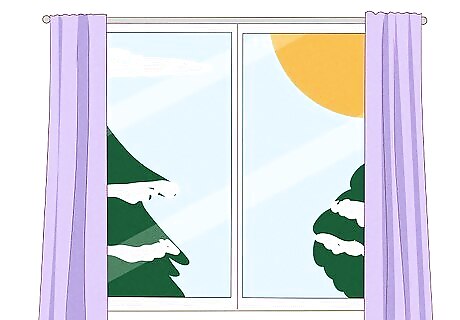
Turn your daily sunlight into a free heating source. Open up your blinds or curtains in the sunniest parts of your home to give your living space some free warmth. Once the sun sets, shut your blinds and curtains to keep the room as warm as possible.
Run your ceiling fan in reverse.

A counter-clockwise fan helps push warm air down. Using a ceiling fan in the middle of winter may sound crazy, but it actually works! A clockwise-turning fan spreads cool air around the room, while a counter-clockwise-turning fan pushes warm air around the space. Check your fan’s settings for a “reverse” function to get things going.
Open the bathroom door when you take a shower.
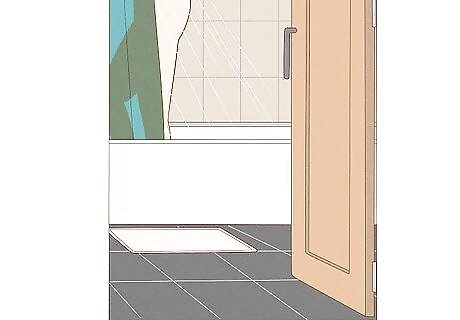
Humid air helps your bathroom feel much warmer. Spread this moist air to other corners of your home by cracking open the bathroom door during your next shower. While you’re at it, leave the bathroom fan off once you step out of the shower–this will clear away the humidity, which you definitely don’t want.
Lay down a rug.
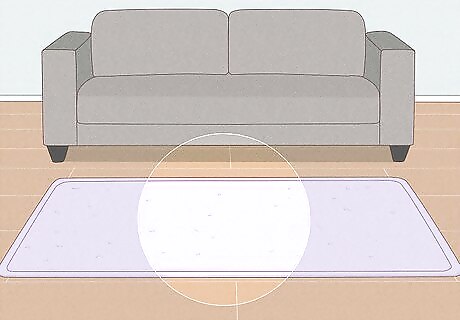
A soft, fuzzy rug isn’t nearly as cold as a bare tile floor. Set area rugs over any large, open spaces of tile or hardwood floor. Focus especially on the spots where people walk the most, so their feet don’t have to directly touch the cold floor.
Check that your vents and heaters are unblocked.
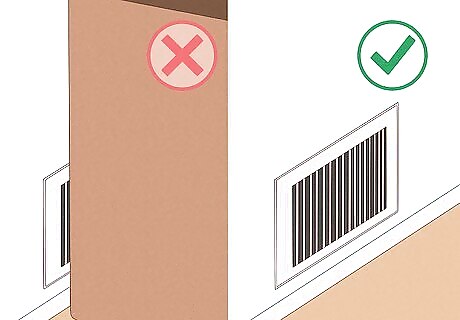
Furniture can easily block heating vents and prevent good heat circulation in your home. To prevent this, double-check the placement of your heating vents and heaters in rooms where you spend the most time. A side table or sofa can easily cover up a heating vent, making your room chillier than it has to be. Pull or push away any obstructing pieces of furniture so the vents are completely clear.
Redirect heat with vent covers.
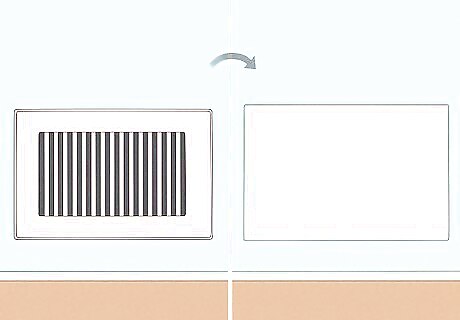
Magnetic vent covers block warm air from entering any unused rooms. Think about the rooms you don’t use as much, especially during the winter months. Are there any vents pumping useless heat into these rooms? Magnetic vent covers can help–just stick them over the unused heating vents, which push heat into the rooms you use more. You can buy magnetic vent covers from your local home improvement store for less than $10.
Turn on a humidifier.

Moist air feels much warmer than cool, dry air. Before cranking up the heat, plug in a humidifier instead. Just be sure to give your humidifier a good cleaning once every few days, or at least once a week. You can put a humidifier in your bedroom or living room, or set up a whole-home humidifier–it really depends on your needs and budget. A single humidifier can cost less than $50, while a whole-home humidifier often costs at least $100-300. The price also depends on the quality or brand.
Plug up any gaps in your doors and windows.
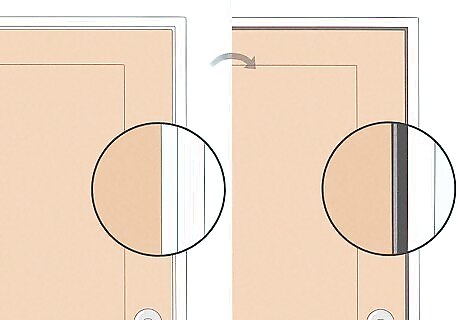
Caulk and install weather stripping to prevent cold air from getting into your home. Inspect the sides of your doors and windows and look for any small gaps or cracks. Then, fill in these gaps with caulk to prevent any heat from slipping out of your home. If you notice any big gaps around with your doors and windows, take care of them with weather stripping. You can also fill in larger gaps and cracks with a can of low expansion foam.
Light up the fireplace.
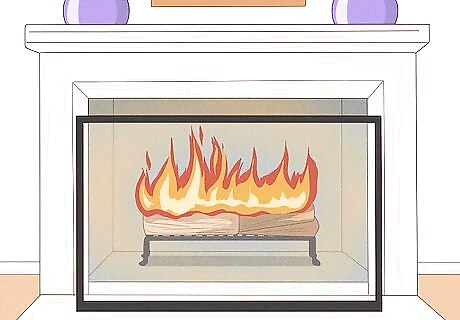
A fireplace can provide valuable warmth when used properly. Double-check that the chimney flue is open, and always keep a fire screen in front of your fireplace. Then, make sure that your fire-starting materials a safe, 3 ft (0.91 m) distance from the fireplace. For your own safety, make sure someone is always in the room while the fireplace is burning, and always put out the fire when you’re done with it. Don’t use your fireplace when it’s super windy outside, as this can be a fire hazard. Try to use your fireplace occasionally instead of every night. Unfortunately, an open fireplace flue lets a lot of valuable heat escape from your home, so it isn’t very energy efficient.

















Comments
0 comment